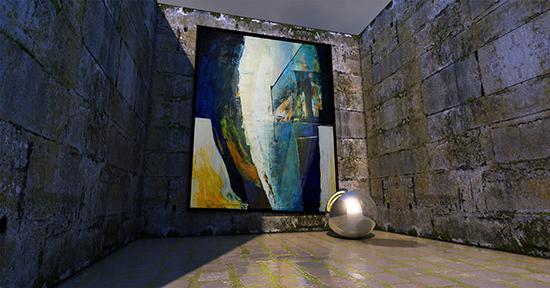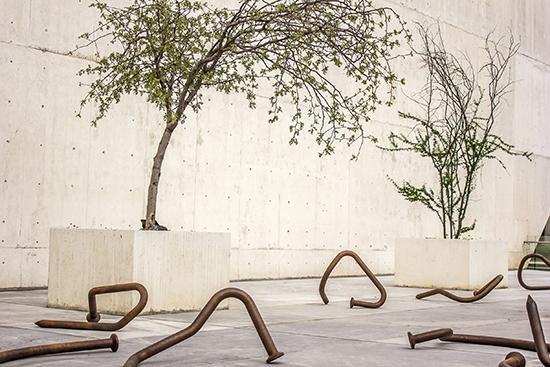Are you buying art or building an art collection?

Enter a gallery, chose a work of art, pay for it. Repeat it numerous times and you’ll have an art collection. That’s easy, right? Wrong. We tell you why.
Enter a gallery, chose a work of art, pay for it. Repeat it numerous times and you’ll have an art collection. That’s easy, right?
Wrong.
That’s buying art – and, if your intent is purely buying a few pieces for your private apartment, there’s nothing wrong with this approach. However, if you’re aiming at building a meaningfulart collection, you’ll need to dig much deeper than that.
Creating an art collection is a very selective, curated way of buying art.
You’re not randomly purchasing eye-pleasing artworks anymore, but carefully choosing exclusive works which fit into a unique art concept.

HOW DO YOU CURATE YOUR ART COLLECTION?
1. First and foremost: define your goal.
Why are you collecting art? Is it to support young emerging artist? Are you investing for future generations? Are you looking for significant works to hang in the office in order to create a positive working environment? Or are you trying to improve your brand’s public image through art?
The answers can be many and varied, but they must be clear, as they will influence your collecting style. For example, a small corporate company wishing to modernize its public image may be better off purchasing contemporary artworks rather than Renissance paintings. On the other hands, a private collector wishing to invest his wealth in art for the future generations of his family may be more inclined to buy works by established artists, whose market value is most likely to remain stable in the coming years.
2. Have a concept
Buying artworks you love is always recommended – and it makes absolutely sense, because you will walk by them every day, in your house or in your office. However, a serious art collection requires a concept.
This will be your guideline, your niche, your red thread between all your purchases, and it will help you purchase coherently towards your goal.
For instance, the corporate company mentioned above could focus on contemporary works by emerging international artists. But it could also restrict this concept to sculptural or architectural works, while excluding paintings altogether.
3. Set a budget and keep your expectations realistic
You will not be able to buy an original, unique screen print by Andy Warhol with a budget of USD 5’000, no matter how much that masterpiece suits your collecting goal. However, an edition of the same work could be affordable.
Set a budget, which you can afford, and keep your expectations realistic.

4. Research your possibilities
Now that you have a clear concept and budget in mind, it is time to do some research. Which artists fit your concept, budget and goal? Where are their works available for sale?
Get in touch with artists, galleries or auction houses and ask for information. Read art magazines, visit exhibitions and art fairs to get an impression of current trends and market prices.
If you don’t know where to start or have no time for this, hire an art consultant. Researching works and proposing the most suitable ones to you is part of their job.
5. Last but not least: arrange the logistics
Preserving the value of your artworks in the long term is as much part of the collecting process as it is buying them. As a matter of fact, the value of your art collection depends upon the care this receives after the purchase price is settled.
Think of the exhibition space for your collection: is it a suitable environment to preserve a work in good condition? Does it have constant temperature and humidity level? Are the works protected from direct sunlight?
If not exhibited, is your collection stored in a proper warehouse? Do you have an inventory system?
What about a nail-to-nail insurance? Do you have updated condition reports about the works? Do your works travel crated? Are your art handlers experienced?
Is your collection regularly appraised?
These so-called art logistics can be overwhelming, but nonetheless they are necessary. If you do not know where to start, ask for professional advice.
In twenty years’ time, you will be glad you did.

